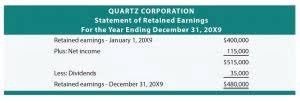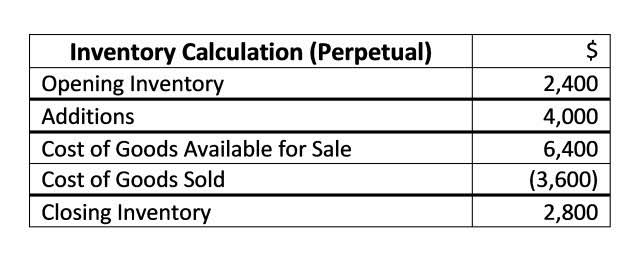Accounts Receivable Impacts, Types, Classification, Objectives

Trade receivables represent what customers owe a business for provided goods or services, also known as accounts receivable. This falls under current assets on a balance sheet, reflecting the company’s outstanding payments. Efficient management of trade receivables is crucial for maintaining healthy cash flow. Aging reports are important financial documents that represent the outstanding invoices of a company. These outstanding invoices are categorized by the time they have been overdue. Ultimately, this accounts receivable metrics report helps to manage cash flow, estimate bad debt, and create a strategy for better credit and collections processes.
Understanding Trade Receivables and Other Receivables in Balance Sheet
That’s why it’s crucial that every trade receivable is accurately recorded into your accounting books and sought after, in case of a payment delay. Non-trade https://www.bookstime.com/articles/what-is-an-invoice-number receivables are also assets, but as the name suggests, it doesn’t arise from the sale of goods or services. For example, insurance payouts or tax rebates on a balance sheet will fall under non-trade receivables until they are converted to cash. Trade receivables are called so because they arise from business trade deals between the company and a customer. A company’s balance sheet also has non-trade receivables, which make up the amount they will receive from other sources like tax rebates, refunds, insurance claims, and so on. Professionals can follow any process because there are numerous ways to measure accounts receivable.
How to calculate trade receivables with a formula?
- Effectively, the transaction is accounted for as if the officer received $18,838 as outright compensation and loaned $81,162 at 11%.
- Deskera is an intuitive platform, with a user-friendly interface, specifically designed so small business owners can manage their finances through one integrated software, in just a few clicks.
- The payment patterns of customers should be known, if possible, and invoices issued to take advantage of these.
- Find out more about trade receivables, starting with our trade receivables definition.
- The shorter the payment term, the faster the bill is paid, improving the cash flow.
When a seller sells the goods or services on credit, they have to pay for various factors, such as raw materials, months before receiving their payment from the sale. As this causes a hindrance to their cash flow, sellers can choose to fund their trade receivables by seeking early payment in exchange for a discount. They can finance their invoices using various methods such as factoring, line of credit, invoice discounting, among others.
- Assets can be broadly categorized into Current Assets and Non-Current Assets.
- If Ingrid expects that Manfredi will take advantage of the discount, the amount of revenue recorded is after the discount has been deducted – ie $6,321 (98%).
- Accounts payable is recorded by the buyer, and accounts receivable by the seller.
- Keeping track of trade receivables on a daily basis is also necessary to create accurate accounting reports at the end of the year.
- This content is for information purposes only and should not be considered legal, accounting, or tax advice, or a substitute for obtaining such advice specific to your business.
Accounts Receivable vs. Accounts Payable
However, the other side of this equation is the buyer, who may wish to extend payment terms in order to increase their Days Payable Outstanding (DPO). This can result in a higher DSO for suppliers, which may not receive payment for 30 days, 60, days, or even 90 days in some cases. Both your debtors and bills receivables can be found by looking at your business’s balance sheet. In general, firms write off non-trade receivables in the year in which they are known to be uncollectible instead of providing for the loss in an earlier period. It’s easy to maintain profitability by lowering DSO and maintaining higher collection trade account receivable rates. Professionals can identify delayed payments through KPIs like Days Sales Outstanding (DSO).

Trade Receivables Example

When a company sells goods on credit, it has to pay for raw materials weeks or even months before receiving payment for the sale from its customers. This can lead to cash flow problems and make it difficult to fulfil customer orders or invest in business growth and research and development (R&D). As such, companies may choose to finance their trade receivables – in other words, seek early payment in exchange for a discount.


These materials were downloaded from PwC’s Viewpoint (viewpoint.pwc.com) under license. Other than Trade Receivables, several different types of https://www.facebook.com/BooksTimeInc/ receivables need to be factored in. Note Receivables are one of the most common types of Other Receivables.
What are trade receivables?

The payment will also be credited to Manfredi’s account in the Receivables Ledger, as shown in Table 2 below. Many loyal customers pay within the specified payment terms, but unfortunately, some don’t, resulting in potential cash flow issues. So, if you forget to record a receivable, you may end up providing your product for free and thus negatively impacting your ability to earn profits.


